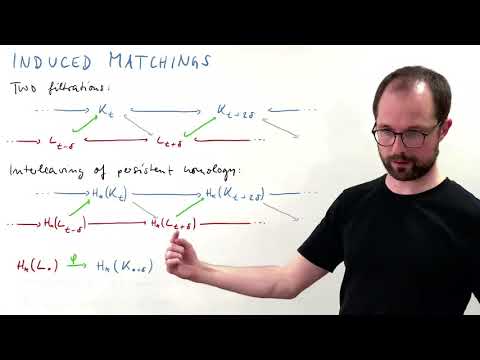Abstract
In this talk, I will give an overview of some recent results motivated by the computation and applications of persistent homology, a theory that creates a bridge between the continuous world of topology and the discrete world of data, and assigns stable and structurally simple invariants to geometric point sets, parametrized over geometric scale.
In particular, I will explore why cohomology is so much more efficient in such computations and how it can also be employed to efficiently compute the induced matchings that exhibit the stability of persistence diagrams.
I will also shed some light on why things are much more complicated when a second parameter enters the game.
Finally, I will explain and how the goal of finding the perfect partner also helps with cohomology computation at a large scale, involving 68 trillions of simplices.
